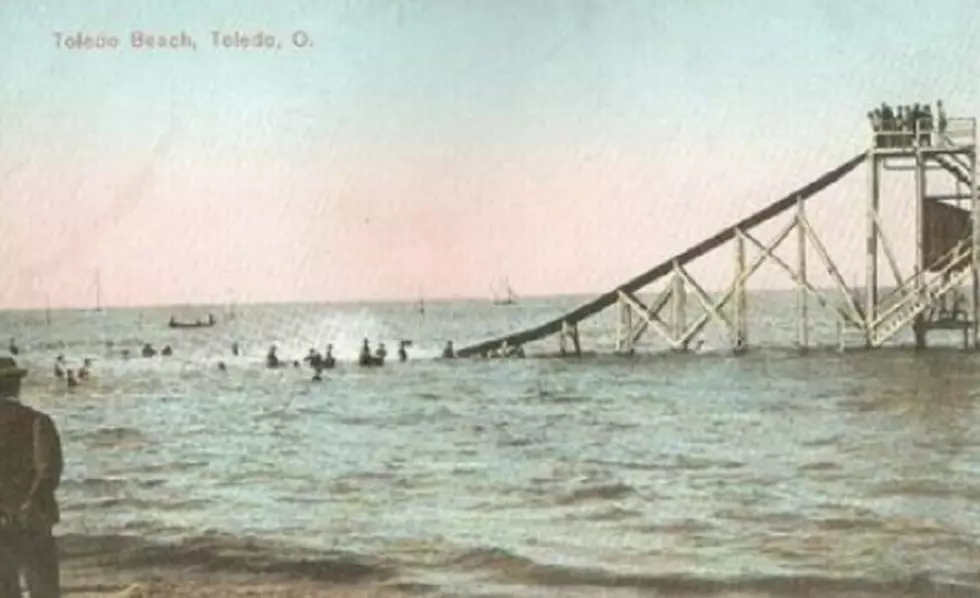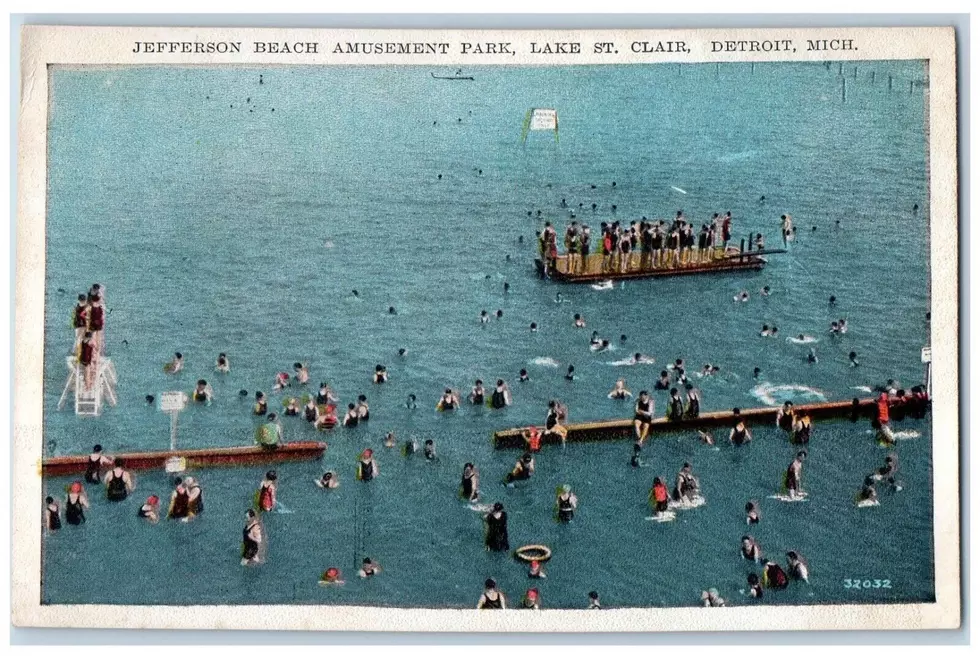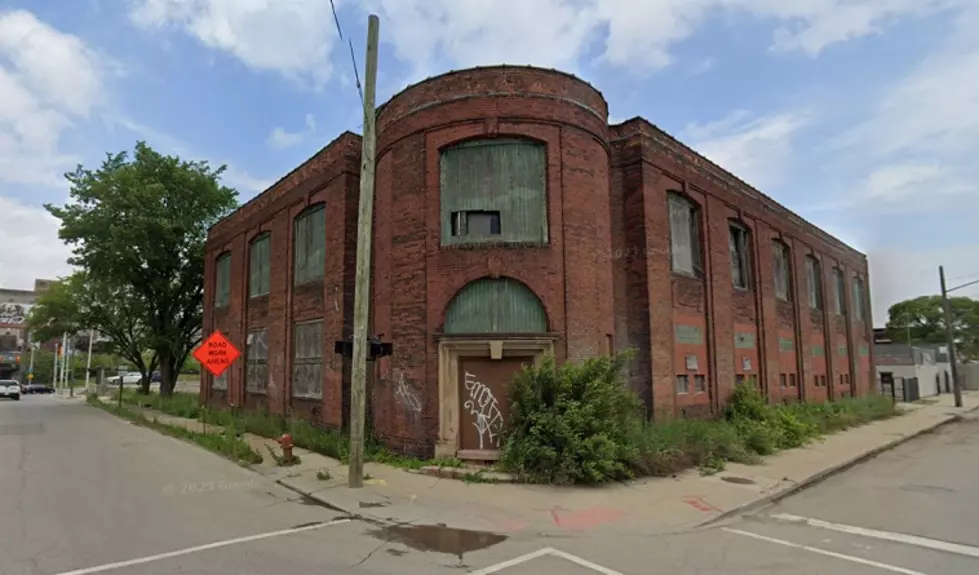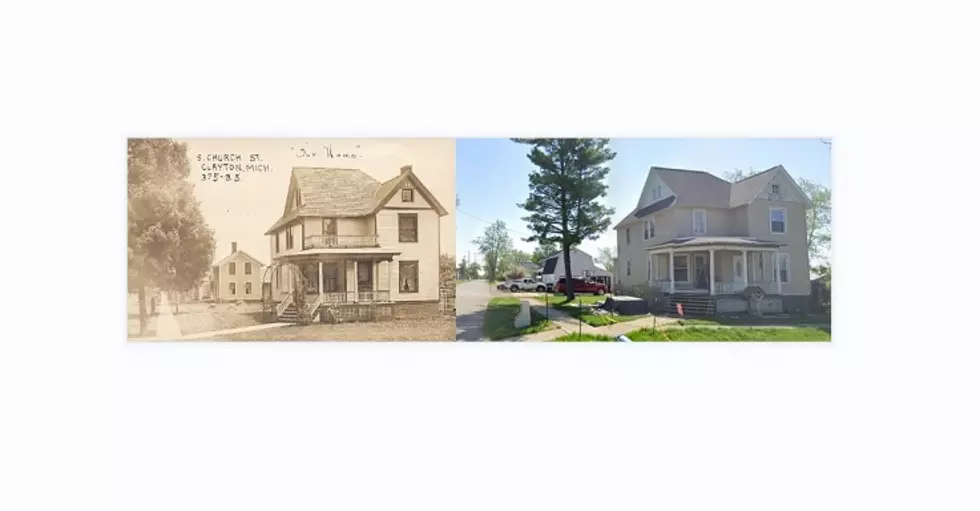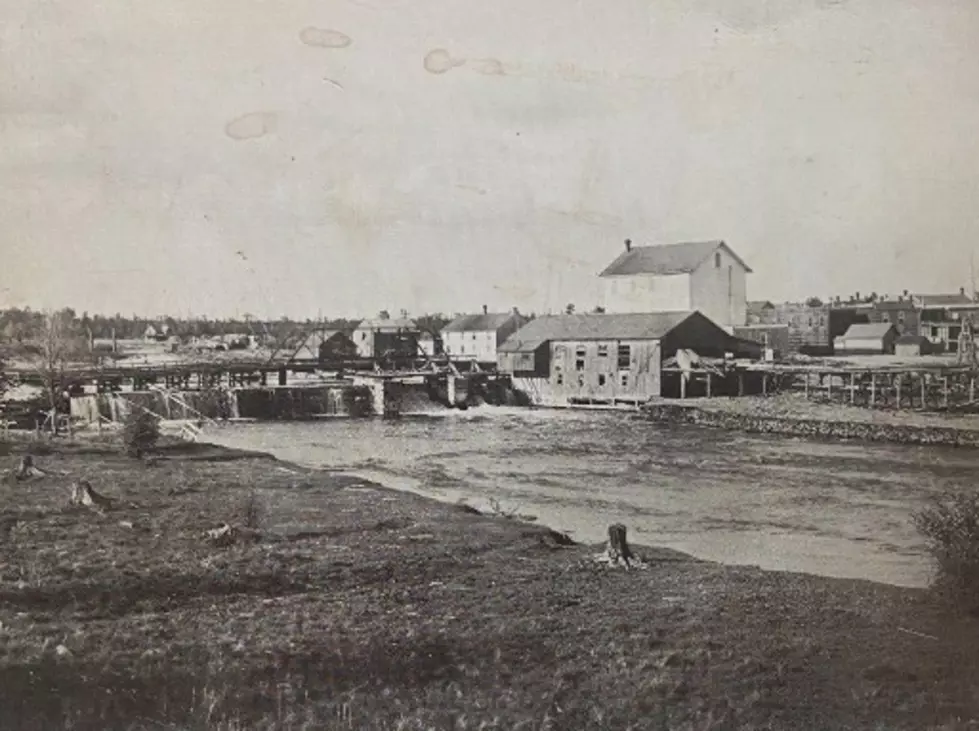
The Ghost Town of Aral and the First Homicide in Benzie County, 1889
Aral was located along Lake Michigan in Benzie County, about 5 miles south of Empire, built around Otter Creek for water supply. The village grew around a sawmill from 1880 to 1911 with a population of approximately 200.
It was hoped that Otter Creek would be the village name; but the name had already been taken, so they settled on “Aral.” As to why it was called Aral is a tossup: some sites claim it's named after the Aral Sea in Central Asia, while others claim there was an Aral in Ireland. I would tend to believe the Ireland version, since it's likely early settlers came from there.
In 1853, the land was surveyed and by the 1860s, lumber companies began moving in to take advantage of the vast amount of white pine trees. One of the first residents was Robert F. Bancroft (photo in the gallery below), who bought 122 acres in 1864 and cleared 20 acres to build a log home for his family.

FAST FACTS:
1884: Post office
1880s: Other businesses included two boarding houses, church, general store, and
schoolhouse.
1900: Post office shuts down
As for the first homicide in Benzie County:
Dr. Arthur O’Leary wanted to make some good money in the lumber trade but had no experience. So he hired Charles Wright as manager of the lumber company at Otter Creek, who ended up buying the mill. Wright was known for having a bad temper and a reputation for getting into brawls. Thanks to a competition with the sawmill in Edgewater, the taxes for Wright's sawmill increased. So much, in fact, that he refused to pay.
According to National Park Service, “a writ of attachment was obtained by the sheriff of the county to apply to the mill yard's logs. This would have brought the operation to a halt and forced Wright to pay his taxes.”
Deputy Sheriff Neil A. Marshall was given the chore of delivering the writ to Wright. It was the morning of August 10, 1889 and Wright was told the deputy sheriff was a-comin' for him. Upon the deputy's arrival, the two had a confrontation but no violence..... yet. Work at the mill continued and the deputy went to dinner. Afterward, Marshall and Dr. Frank Thurber headed back to see Wright. Again, Wright was alerted, he grabbed his rifle, and went out to meet the two men. A physical altercation took place which ended in Wright shooting and killing Deputy Marshal with a single shot. The doctor began struggling with Wright, who proceeded to take out a revolver and shoot the doctor in the head and chest. Wright fled into the woods.
A posse of 20 men was sent out for the search, who eventually found one of Wright's handymen, a Native American named Lahala. Lahala claimed he didn't know where Wright was, but the posse believed he was lying and began their threats. They threw a rope around a tree limb, put a noose around his neck, and began lifting him off the ground. They were about to lift him for the third and last time when Wright was brought out of the woods by two posse members.
Wright was convicted with murder in the first degree and spent only ten years at Jackson prison. Upon being released, he found his wife who had re-married. Her new husband was scared off so Wright and his ex took off for the western United States.
As for the outcome of the town of Aral, the mill burned down in 1899 and by 1904, everyone in town was gone except for the Bancroft family. The Bancrofts finally left in 1922, and Aral became a true ghost town. Harsh seasonal weather destroyed any buildings close to shore, and after a number of years, nothing remained except for a few foundations overgrown in the woods, including some of the old sawmill. The area is now part of Sleeping Bear Dunes National Lakeshore. These days, Aral’s former location is one of the best maintained, cleanest beaches on Lake Michigan.
The Ghost Town of Aral, Michigan
MORE MICHIGANIA:
Buckeye, a Ghost Town in Hillsdale County
Two Michigan Ghost Towns: Albee & Verne, Saginaw County
The Ghost Town of Waterville, Michigan
More From 99.1 WFMK
